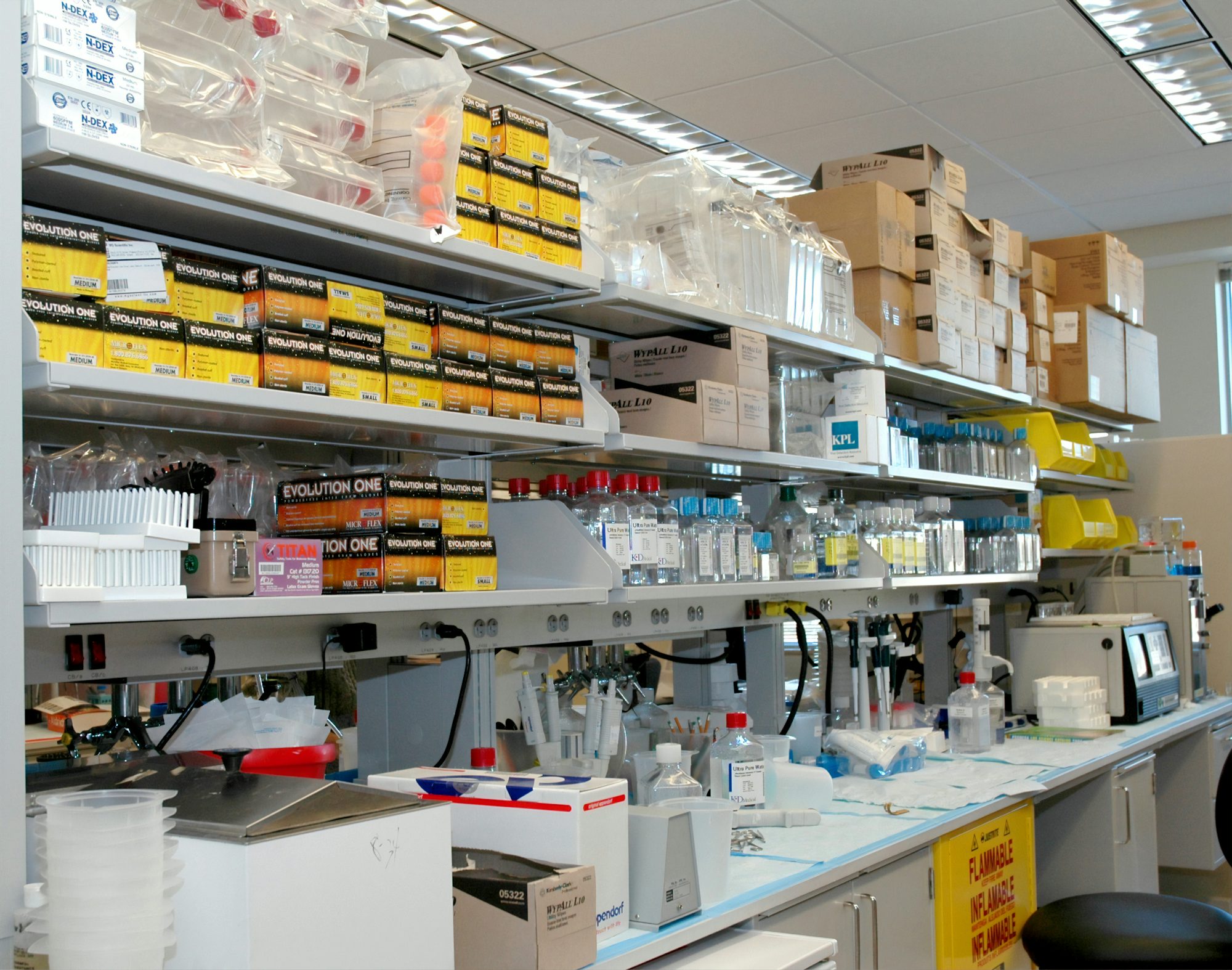
Art has been an integral part of human expression throughout history, serving as a medium through which we convey emotions, ideas, and experiences. Engaging in artistic activities not only enhances our creativity but also fosters personal growth and self-discovery. This article delves into the transformative power of art, examining its various forms and the profound benefits it offers individuals and communities. At its essence, art is a reflection of our inner selves. Whether through painting, drawing, sculpture, music, or dance, artistic expression provides a unique outlet for emotions that might be difficult to articulate through words alone. Engaging in art allows individuals to explore their feelings, thoughts, and experiences in a safe and constructive manner. This self-exploration can lead to greater self-awareness and understanding, as well as promote emotional well-being. Creating art often acts as a form of therapy, helping individuals process complex emotions and experiences. The act of making art can be meditative, providing a sense of calm and focus. Many artists find that immersing themselves in their creative process allows them to escape the stresses of daily life. This mindfulness promotes relaxation and can enhance overall mental health. Furthermore, art encourages experimentation and risk-taking, essential components of the creative process. When we engage in artistic activities, we are invited to step outside our comfort zones and embrace new ideas and techniques. This willingness to explore can foster resilience and adaptability, valuable traits in both personal and professional settings. For many, art becomes a lifelong passion that continually evolves. There are countless forms of art, each offering unique opportunities for self-expression. Visual arts, such as painting and drawing, allow individuals to communicate through color, shape, and texture. This medium provides the freedom to create without the constraints of language, enabling diverse interpretations of personal experiences. Similarly, photography captures moments in time, offering a powerful means of storytelling. By framing our perspectives through a lens, we can convey emotions and narratives that resonate with others. Performing arts, including theater, dance, and music, bring another dimension to artistic expression. These forms rely on movement, rhythm, and sound to communicate emotions and ideas. Participating in theater, for example, allows individuals to embody different characters and explore various narratives, fostering empathy and understanding. Dance, on the other hand, offers a physical expression of feelings, encouraging individuals to connect with their bodies and emotions in a profound way. Music, too, has a unique ability to evoke emotions and transcend language barriers. Whether composing, playing an instrument, or singing, engaging with music can be a deeply fulfilling experience that resonates with both the creator and the audience. The power of art extends beyond individual expression; it has the potential to bring communities together. Public art initiatives, community workshops, and collaborative projects encourage people to connect, share, and create collectively. These experiences foster a sense of belonging and promote cultural exchange, enriching the fabric of communities. Art also serves as a catalyst for social change. Artists often use their platforms to address important issues, raise awareness, and inspire action. Through thought-provoking works, they can challenge societal norms, spark conversations, and encourage others to reflect on their values and beliefs. In this way, art becomes a powerful tool for advocacy, helping to create a more equitable and just society. The accessibility of art has also evolved in the digital age. With the advent of technology, individuals can explore and create art in new and innovative ways. Digital art, graphic design, and online platforms for sharing creative work have democratized the artistic process. This shift has allowed a broader audience to engage with art, fostering a global community of creators and appreciators. Online tutorials and virtual workshops provide opportunities for individuals to learn new skills and techniques, empowering them to express their creativity. As we embrace the transformative power of art, it is important to recognize its potential in education. Incorporating art into educational curricula can enhance critical thinking, problem-solving, and collaboration skills. Creative projects encourage students to think outside the box and approach challenges with an open mind. Additionally, art education fosters emotional intelligence, allowing individuals to connect with their feelings and those of others. By nurturing creativity in educational settings, we can equip future generations with the tools they need to navigate an ever-changing world. The benefits of engaging in art are profound and far-reaching. From promoting self-expression and emotional well-being to fostering community and social change, art enriches our lives in countless ways. It encourages us to explore our identities, connect with others, and cultivate a deeper understanding of the world around us. As we unlock our creativity through artistic endeavors, we embark on a journey of self-discovery and transformation. In conclusion, the transformative power of art lies in its ability to connect us with ourselves and one another. It is a celebration of human expression that transcends boundaries and invites us to explore the depths of our emotions and experiences. Whether through painting, music, dance, or any other form of art, engaging in creative activities enriches our lives and fosters a deeper appreciation for the beauty of the world. So, pick up a brush, strum a guitar, or dance to the rhythm of your heart, and allow the power of art to inspire and transform you.